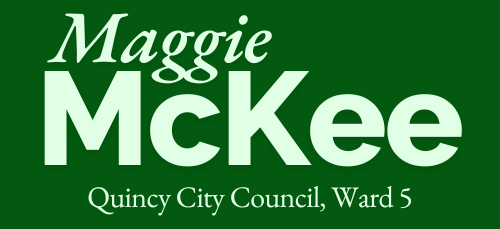Fact-checking city’s explanation of negative debt rating outlook
The Quincy City Council will likely approve the mayor’s proposed 2026 city budget tonight (Monday, May 19), after whisking it through the finance committee last Tuesday with zero cuts and few questions.
One question that was asked last week, first by residents in a public hearing and later by Councilor Scott Campbell, concerns S&P's downgrading of Quincy’s debt rating outlook from stable to negative (that change took place on April 8; the May 5 budget proposal lists the debt rating outlook as “stable” (p. 15)).
Mr. Mason waved away concerns about the negative outlook, asserting that "virtually every municipality" across the US is having its outlook downgraded to negative "due to the uncertainty of federal aid."
Watch the one-minute clip of the exchange (or click here for the whole meeting):
That broad statement made me curious, so I reached out to S&P Global Ratings Credit Analyst Michael Parker, who is quoted in the press release about Quincy’s new negative debt rating outlook.
I asked him:
“Is there any table of US municipalities you can point me to to check if most of them have recently been downgraded to negative? Or can you answer that? Also, if that mass-downgrading is true, is it due to uncertainty around federal aid?”
Mr. Parker responded quickly. He said (emphasis mine):
“Each rating action is a case-by-case analysis, and while we continue to monitor evolving policy both at the federal and state level, we have not taken rating actions broadly across the sector as a result of external shifts. Instead, rating actions have been based on credit factors such as operating performance and increasing fixed costs, among other factors.”
Translation: Quincy’s debt rating outlook was not lowered because of new economic conditions at the federal level. It was lowered due to our rising costs and our high debt. It’s important that those in charge of Quincy’s budget – including Mr. Mason, the mayor, and all nine councilors – know this, understand it, and acknowledge it. We can’t solve a problem if we don’t admit one exists.


